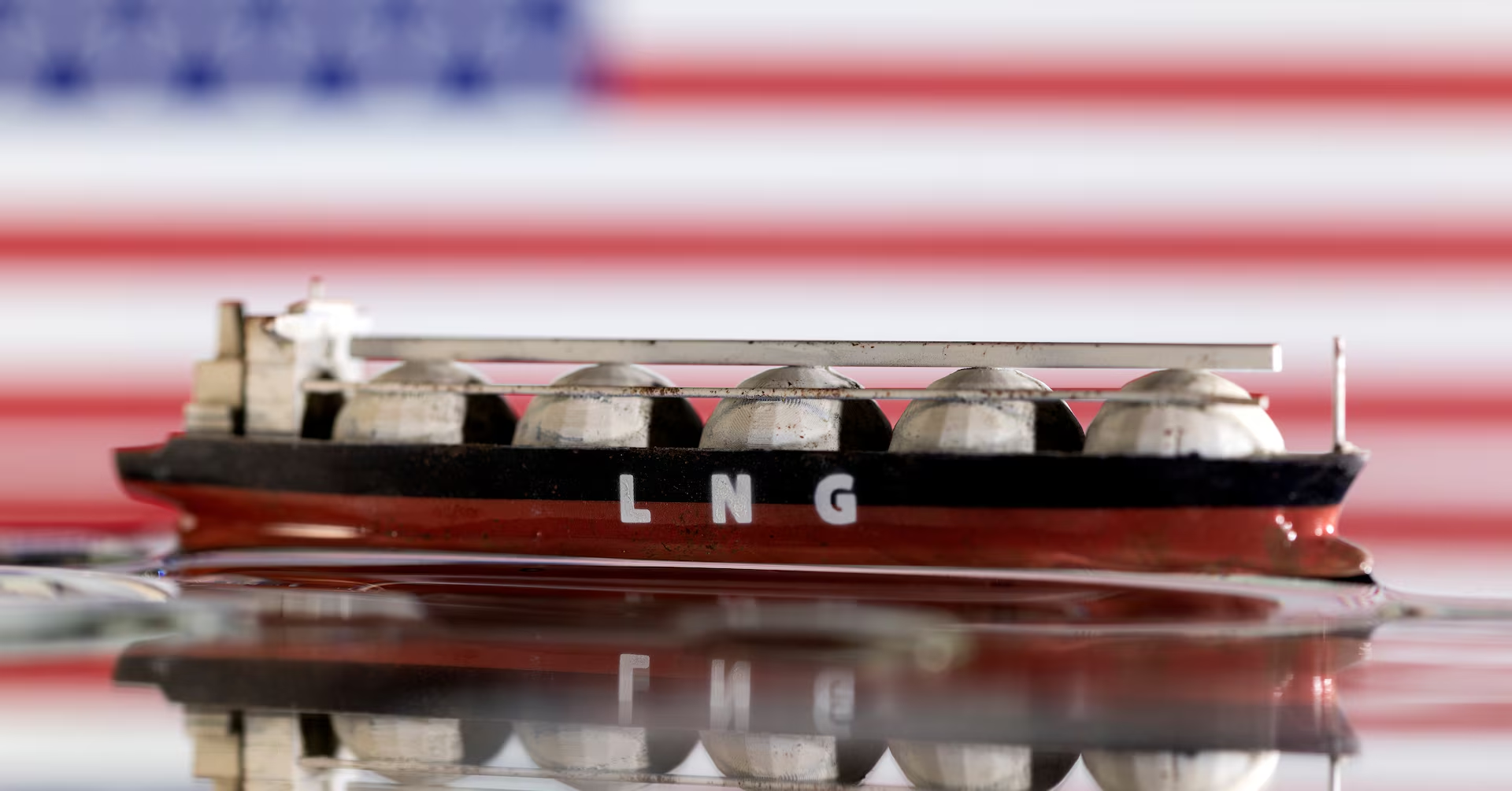Energy Transfer has been developing the 16.5 million metric tons per annum LNG export facility and has sold most of the expected production to long-term customers, but has faced rising project costs and wants to share the risk with equity partners.
Sign up here.
“Our projects need to meet certain risk-return criteria, and we’re not there yet on LNG,” co-CEO Tom Long said.
“We are hoping that these equity partners will step up by the end of the year and get us to where we want this kind of risk profile, in the space we want this project,” he added.
The company earlier this year signed a non-binding agreement with MidOcean Energy to jointly develop the Lake Charles LNG export facility.
MidOcean is expected to pay for 30% of the construction costs of the facility and receive 30% of the LNG production, or roughly 5 million tons a year.
POSITIONING FOR BOOMING POWER DEMAND
Energy Transfer is also looking to position itself to further benefit from booming power demand from data centers, mulling the conversion of one of its natural gas liquids pipelines to natural gas.
Energy Transfer operates three pipelines moving natural gas liquids (NGL) out of the Permian Basin, which straddles Texas and New Mexico. Natural gas liquids such as ethane, butane and propane are used to make plastics and chemicals as well as for heating and cooking.
But moving natural gas rather than NGLs may offer considerably better returns, executives said.
“Some of the scenarios show twice the revenue with natural gas than what we might see with NGLs,” said co-CEO Mackie McCrea.
Reporting by Georgina McCartney and Curtis Williams in Houston; Editing by Chris Reese and Sonali Paul
Our Standards: The Thomson Reuters Trust Principles.
